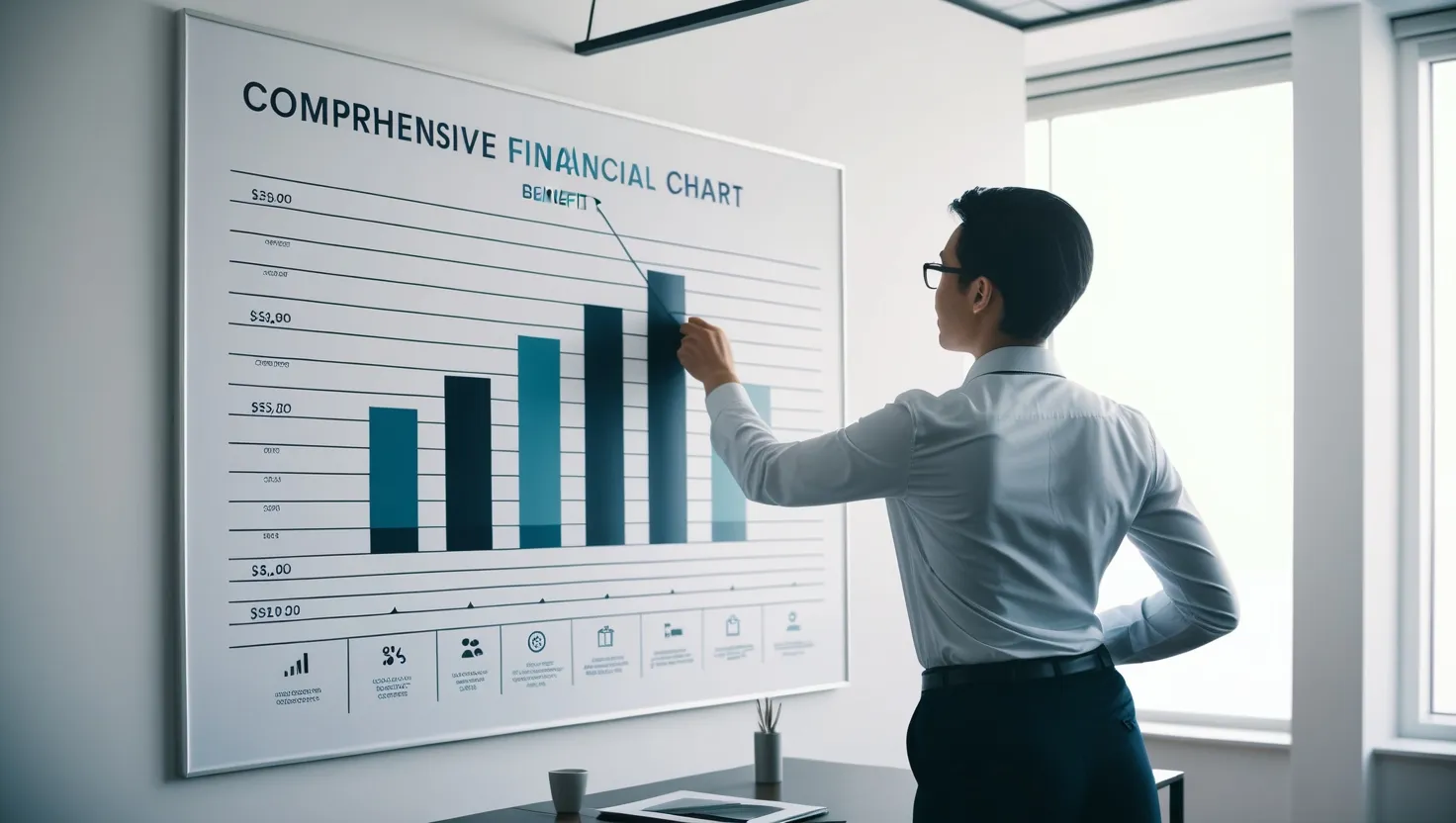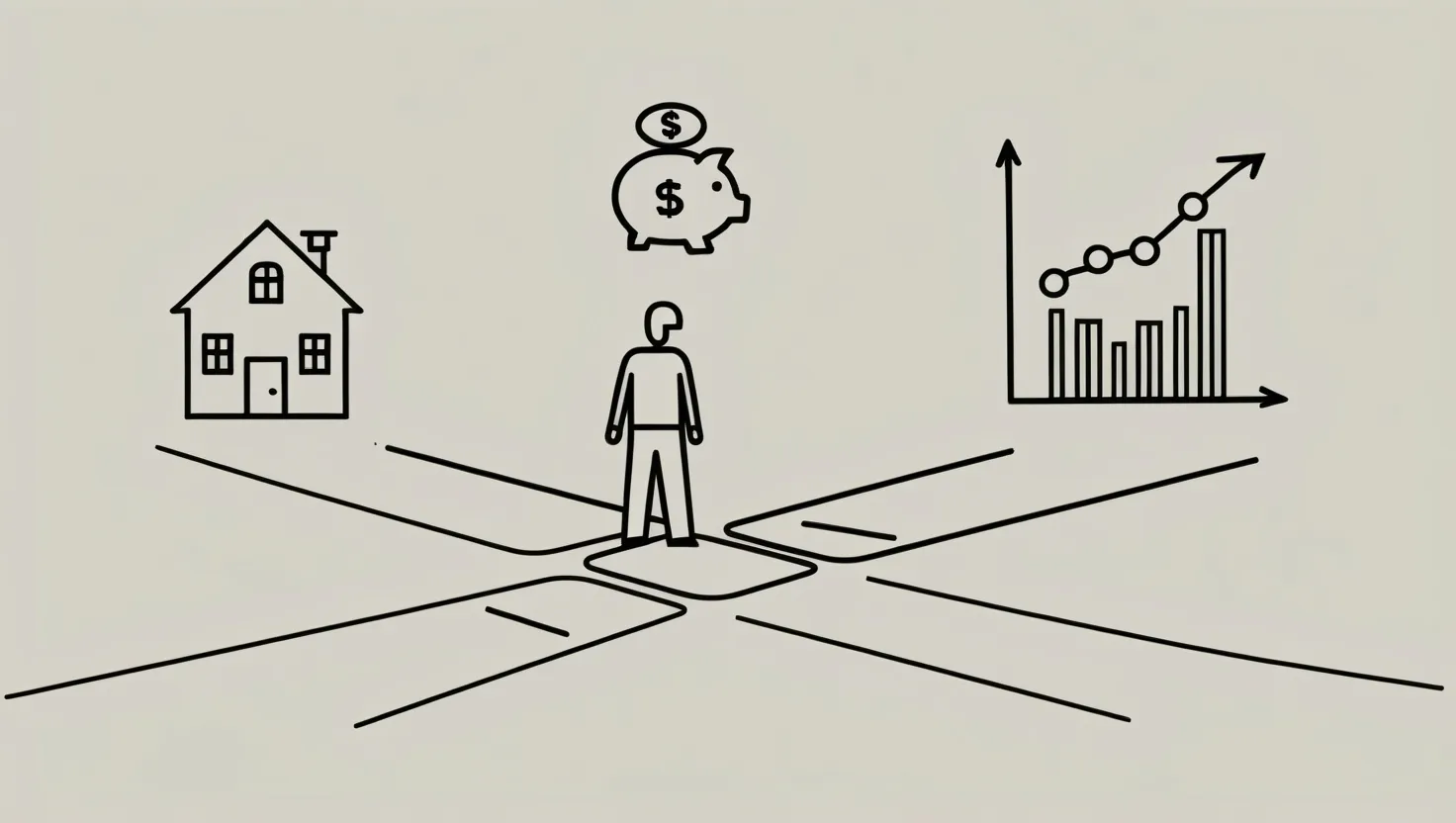When it comes to managing debt and building wealth, the journey can often feel like a delicate balancing act. On one hand, you’re trying to clear the financial burdens that weigh you down, while on the other, you’re striving to create a prosperous future. It’s a challenge many of us face, but with the right strategies, it’s entirely possible to tackle both goals simultaneously.
Understanding Your Debt
Before we dive into the strategies, it’s crucial to have a clear understanding of your debt landscape. This involves more than just knowing the total amount you owe; it’s about understanding the interest rates, payment terms, and the emotional toll each debt takes on you. For instance, high-interest debts like credit card balances can be particularly crippling, not just financially but also mentally. Identifying these debts first is a key step in formulating your plan.
The Debt Snowball Method
One of the most popular methods for paying off debt is the snowball method. This approach involves paying off your debts in order of their balance, starting with the smallest. While it may not always be the most mathematically efficient method, it offers a significant behavioral incentive. Each time you pay off a debt, you experience a sense of accomplishment and motivation that can be incredibly powerful. Imagine the feeling of crossing off that first debt from your list – it’s a psychological boost that can keep you going even when the journey gets tough.
The Debt Avalanche Method
On the other hand, the debt avalanche method focuses on tackling your debts in order of their interest rates, starting with the highest. This approach can save you more money in interest over time and is often considered the more efficient route. However, it requires discipline and a consistent level of discretionary income. If you have a debt with an exorbitant interest rate, such as a credit card balance with a 24% APR, it makes sense to prioritize this debt first. The savings in interest can be substantial, and it’s a strategy that aligns well with those who are driven by numbers and efficiency.
Biweekly Payments
Another strategy that can significantly reduce your repayment timeline is making biweekly payments instead of monthly ones. By paying half your monthly bill every two weeks, you end up making an extra payment each year. This simple tweak can shave months or even years off your debt repayment period and save you a considerable amount in interest. It’s a subtle change that can have a profound impact on your financial health.
Debt Consolidation
Debt consolidation is another effective way to manage your debts. This involves combining multiple debts into a single, larger debt, usually at a lower interest rate or longer term. For example, you could use a personal loan to pay off all your other existing debts, swapping high-interest debts for a single loan with a fixed interest rate and monthly payment. This can simplify your financial landscape and reduce the overall interest you pay. However, it’s important to be cautious; using a home equity line of credit (HELOC) as a consolidation tool, for instance, puts your home at risk if you fail to repay the debt.
Finding Extra Income
Sometimes, the key to paying off debt faster isn’t just about managing your existing income but about finding ways to increase it. Whether it’s taking on a side job, selling items you no longer need, or even renting out a spare room, extra income can be a game-changer. This additional money can be directed straight towards your debts, accelerating your repayment process. It’s also a great way to build wealth simultaneously, as any surplus can be invested or saved.
Smart Investing
While paying off debt is crucial, it’s equally important not to neglect your long-term financial goals. Smart investing can help you build wealth even as you’re clearing your debts. For instance, if you have a retirement account or other investment vehicles, continue to contribute to them, even if it’s just a small amount each month. These investments can grow over time, providing a financial cushion and helping you achieve your long-term goals.
Building a Budget and Cash Reserve
A solid budget and cash reserve are the foundation of any successful financial plan. A budget helps you understand where your money is going and ensures that you’re allocating enough towards your debts. A cash reserve, on the other hand, provides a safety net against unexpected expenses that could otherwise derail your debt repayment plan. By having a few months’ worth of expenses saved up, you can avoid going further into debt when unexpected costs arise.
Renegotiating with Lenders
Finally, don’t underestimate the power of renegotiating with your lenders. Sometimes, simply reaching out to your creditors can result in better terms, such as lower interest rates or extended payment periods. This can be especially helpful if you’re facing financial hardship and need some breathing room. It’s a strategy that requires some courage but can yield significant benefits.
The Psychological Aspect
Managing debt and building wealth is not just about numbers; it’s also about psychology. The journey can be emotionally taxing, and it’s easy to feel overwhelmed or discouraged. However, by celebrating small victories along the way and maintaining a positive outlook, you can stay motivated. Remember, every payment you make brings you closer to financial freedom, and that’s a powerful incentive.
Long-Term Perspective
It’s important to keep a long-term perspective when you’re working on paying off debt and building wealth. This journey is not a sprint but a marathon. There will be ups and downs, but staying focused on your goals can help you navigate the challenges. Think about where you want to be in five or ten years – owning a home, retiring comfortably, or achieving financial independence. These visions can serve as powerful motivators, keeping you on track even when the going gets tough.
In conclusion, paying off debt and building wealth simultaneously is a multifaceted challenge that requires a combination of strategies, discipline, and patience. By understanding your debt, using methods like the snowball or avalanche approach, making biweekly payments, consolidating debts, finding extra income, investing smartly, building a budget and cash reserve, renegotiating with lenders, and maintaining a positive psychological outlook, you can make significant progress on both fronts. Remember, financial freedom is within reach, and with the right approach, you can achieve it.






